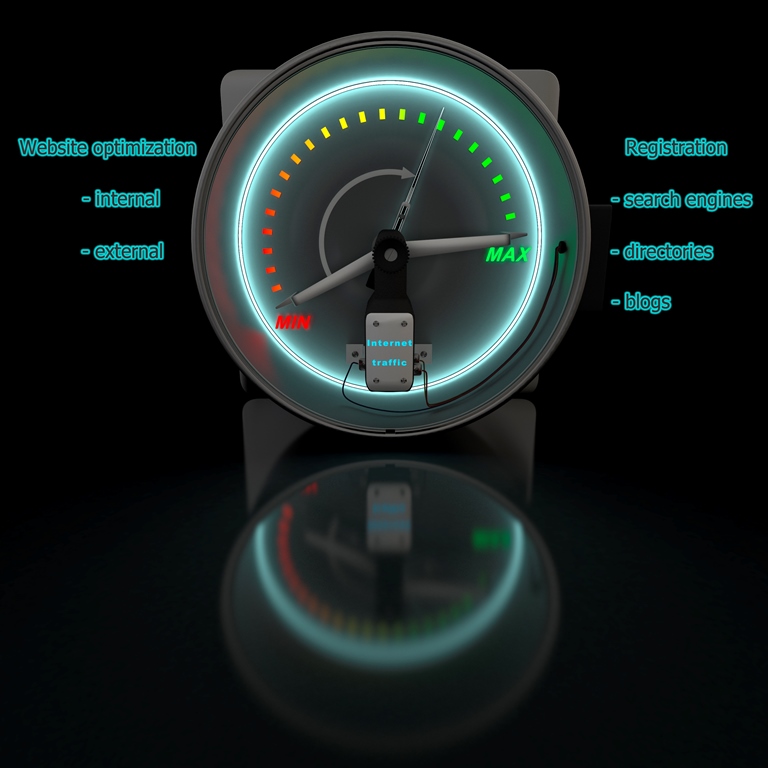When first diving into web design, you have to learn basic techniques well. This is the only way to ensure your ability to create sites that work well and look good. This article is among the many resources available to new designers, providing a great starting point. What follows are some basic concepts necessary for good web design.
Remember that spending gobs of money is not a necessity for designing an effective website. While some tools like Photoshop can be expensive, there are many cheaper tools which will serve you just as well. For example, open source software that is free can assist you in accomplishing tasks that are exactly the same as paid software. Using this open source software may save you a lot of money.
Don’t host business websites on free hosting services. A free web hosting service will place advertisements for other products on your site that could distract your potential customers. It’s better to use a type of paid hosting service.
Take care to differentiate your website design from others in the same genre as you. Take a look at your competitors’ websites. Having the same boring website as everyone else won’t differentiate your brand from others. You’ll just be another version of the same old site to visitors.
Keeping all of your site’s links updated and working is essential. This will help to make your site user friendly, and keep your visitors from becoming frustrated. Check weekly to see if each link on the site works.
Find a good web design newsletter to subscribe to. This will give you something to fall back on for inspiration when you need it. Newsletters are undoubtedly helpful for both beginning designers and professionals alike.
Use a basic layout that will help you build a web design foundation on which to build. Beginning with a no-frills site allows you to constantly innovate and change things as you learn new techniques.
After you have learned new programs, such as Dreamweaver or Photoshop, check with colleagues or friends to confirm that you have not missed anything. They can be a great resource for those times when you get stuck on your design and need a little help remembering how to do something for your site.
Start investing in books and resources that help you learn to be successful with your web design. Start out simple by purchasing books that are in line with your level of expertise, then gradually upgrade.
Keep your website fresh and free of dated content. For example, if your webpage is filled with advertising for something that happened months ago, viewers will turn away. If your website looks neglected and disused, your potential customers will surely take their business elsewhere. Review, update and delete content as a matter of course.
Get advice from professionals; they can save you much hard work and grief. By doing this, you are helping to guarantee that one day you too will be a professional, because you are willing to take the time and gain the knowledge to do things the correct way.
Be aware of the background on your website. Animated GIF backgrounds and complicated patterns on your website can be very distracting to viewers trying to absorb your content. Make your site easy to read by choosing a background that complements the design of your website and doesn’t overwhelm it.
It is important that any logo contained within your site, links back to the home page. These days, people expect to be able to click on a logo to go to a site’s main page. Imagine your reader’s frustration as they click away with nothing happening! They might think it’s broken, and that your site isn’t as good as they thought. Therefore, an interactive logo will enhance your site considerably.
One way to to ensure that your website will run smoothly is to validate each page. A lot of WYSIWYG editors will put a bunch of junk code on the design of your site. There are some quality validation programs that will not add junk code to your website design. W3C validates pages through a free service.
Make an effort to create a high quality “About Us” webpage. Most websites don’t have very interesting copy in this area. Try to write this content in an entertaining way. Give visitors insight into you, the designer. Help them understand how you began designing websites, which other designers you consider to be mentors, and where you are going from here.
Before you begin working on your website’s design, you should draw up some concept sketches illustrating how you want your website to function and look. However people react to the sketches you draw out can be an indicator of where you want your site to go from there, it is always good to show people your work in progress as they can assist you with ideas and tips.
CAPTCHAs are only useful when people are registering for your website, otherwise skip them. As soon as a viewer sees a captcha, they will automatically think that they will have to do to much work just too see your webpage. Most visitors will leave a webpage that requires too much personal information or the completion of difficult tasks.
Using white (unused) space effectively can actually improve your website, so don’t think your website needs to be jam-packed with content. It improves readability, gives your content the focus of the page and allows the mind of your reader to be relaxed and absorb what you’re trying to get across.
When designing your own site, you should remember that you do not have to make use of all the available free space. If you insist on making use of each pixel, your site may end up cluttered. Try to create a good amount of space within your site’s content, this allows your visitors to clearly see the page and give them a much better viewing experience. There are many cases in which empty space is actually more valuable than other content.
Basic techniques, as previously mentioned, are essential for web design novices to learn if they ever hope to design useful, well-thought out sites. With so much quality data on this subject available, you may have a hard time knowing where to begin. Studying this article is a good way to start learning web design.









